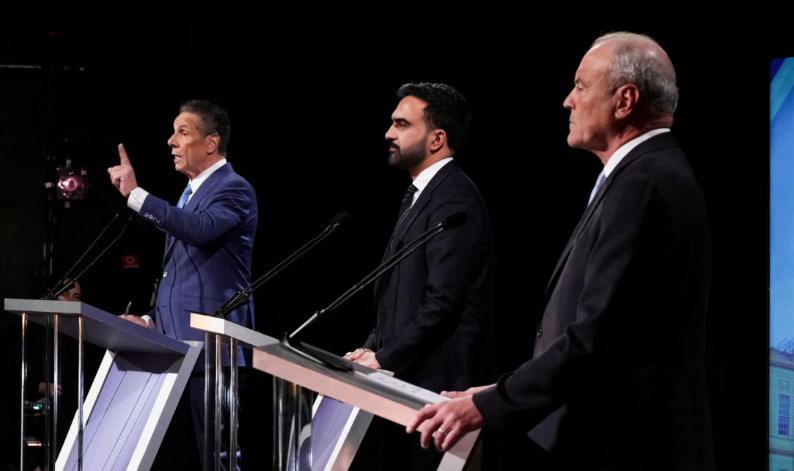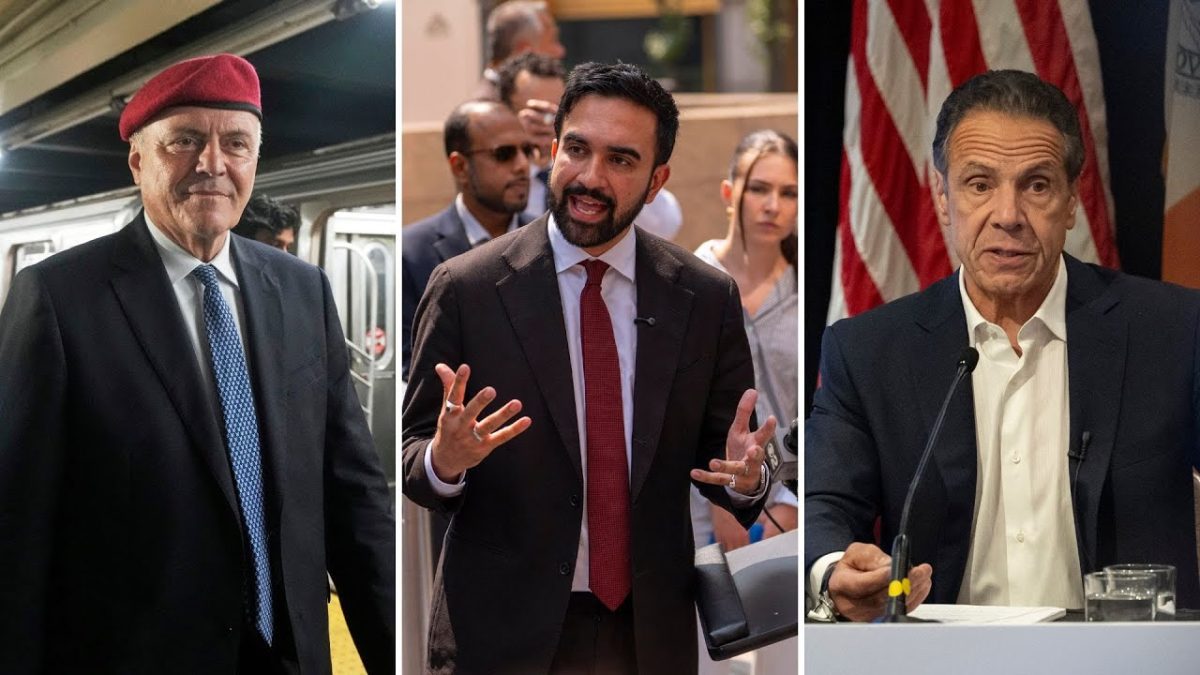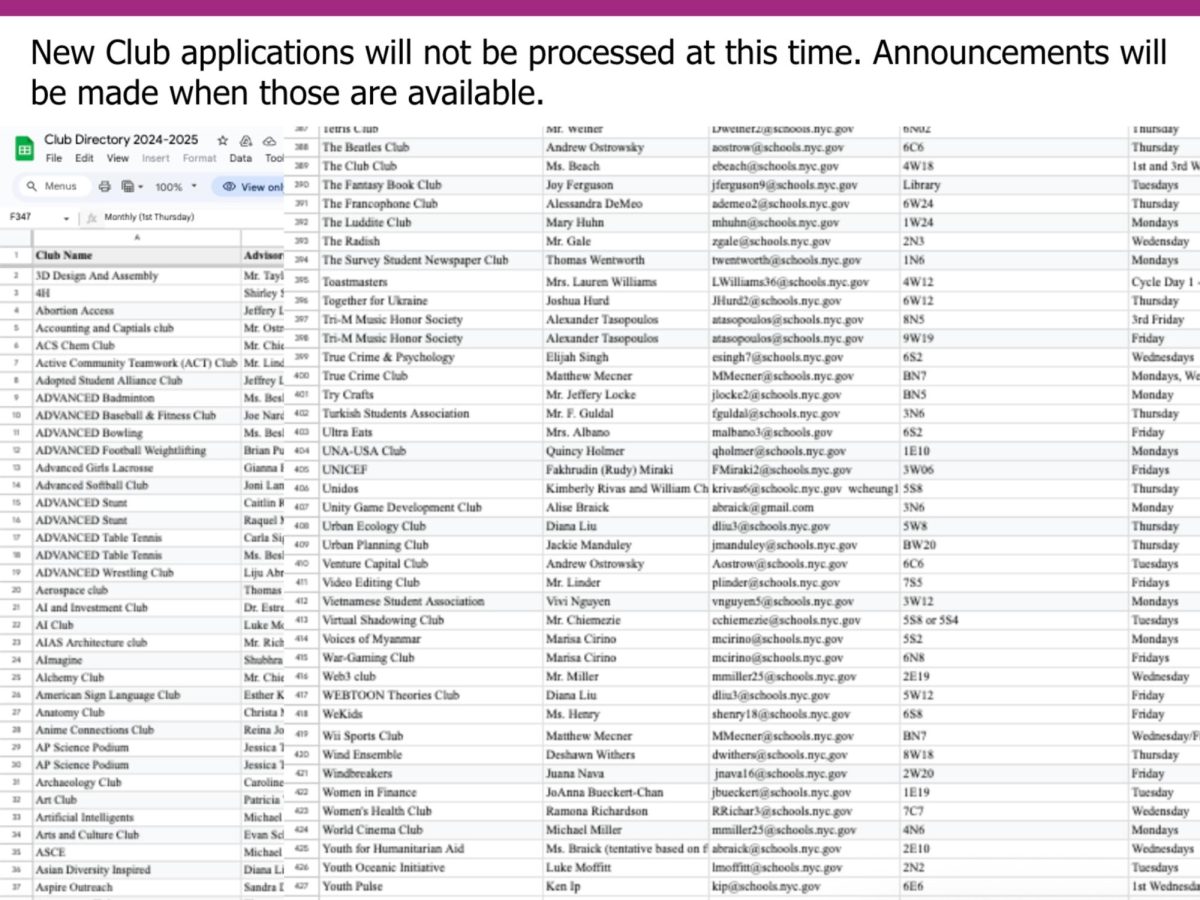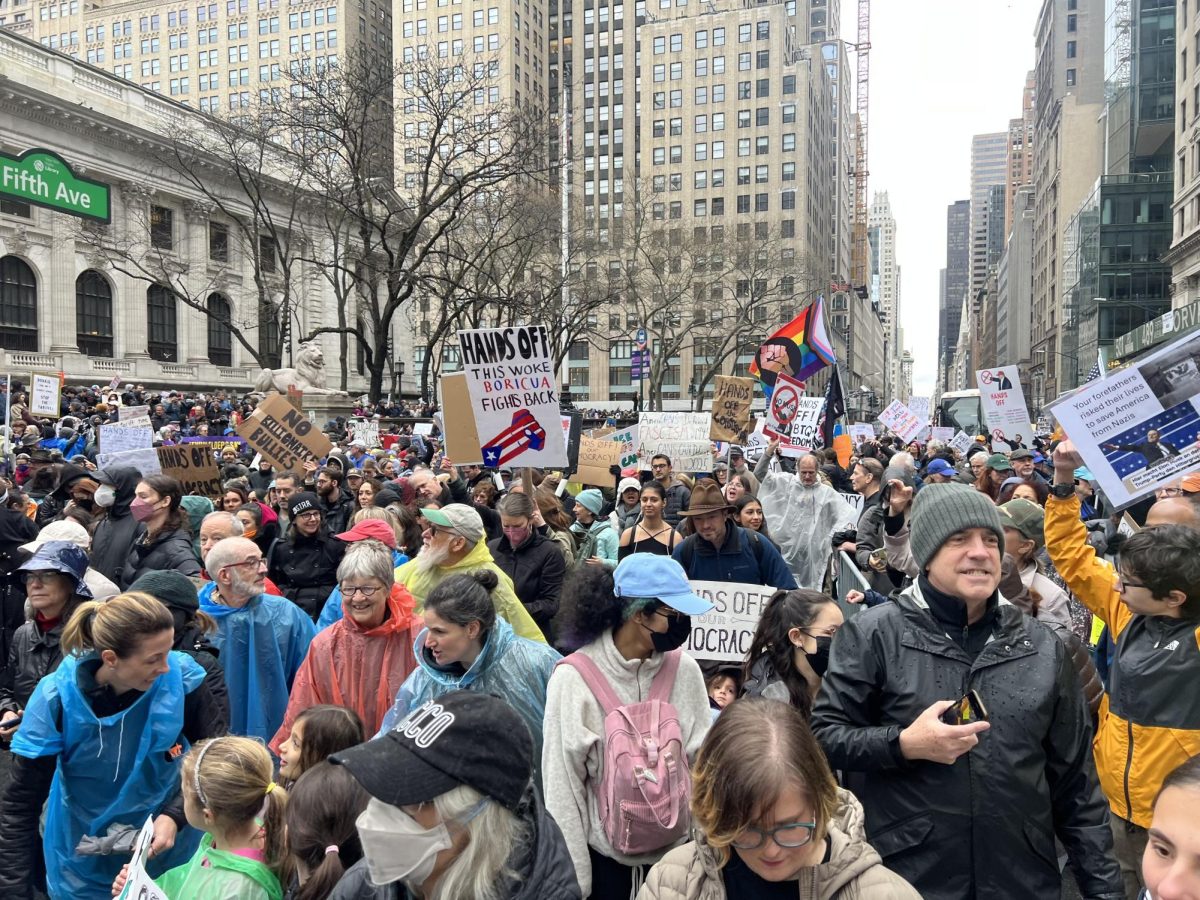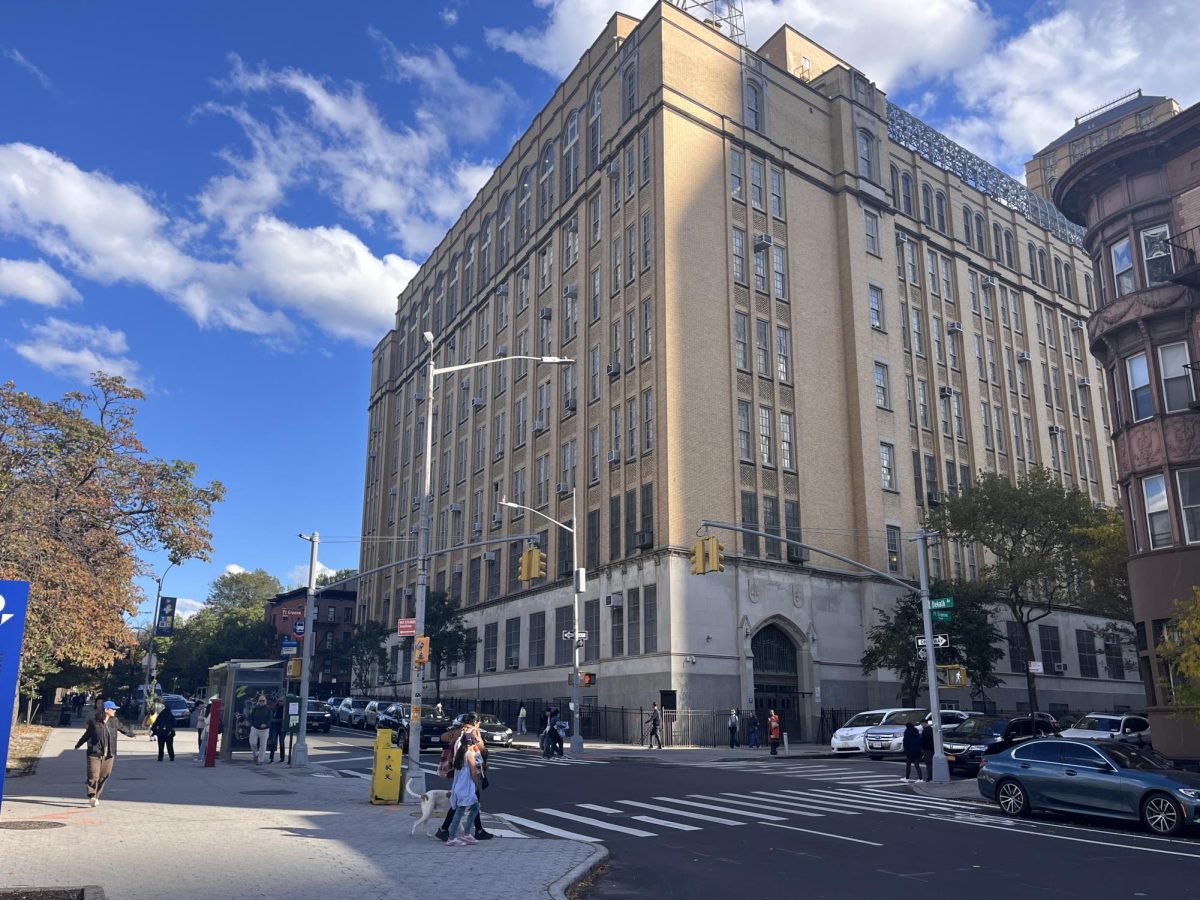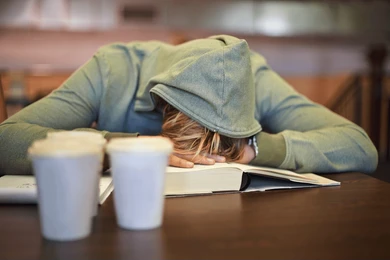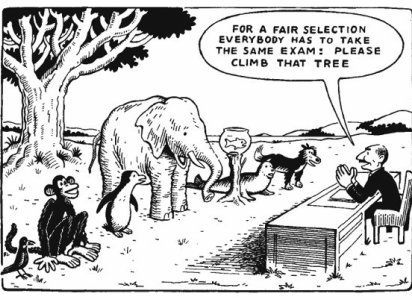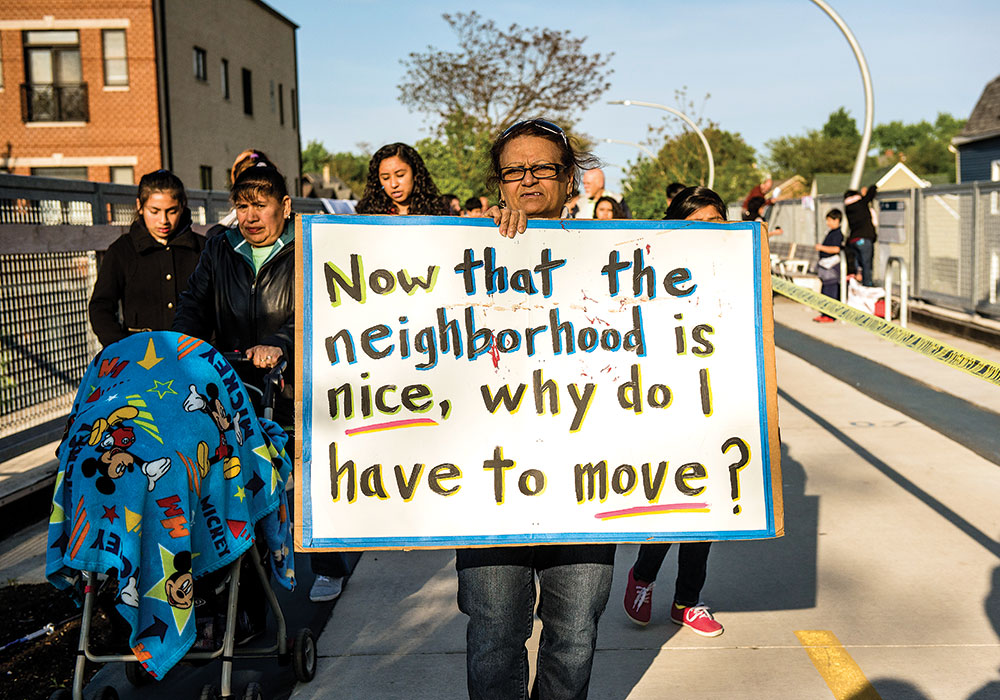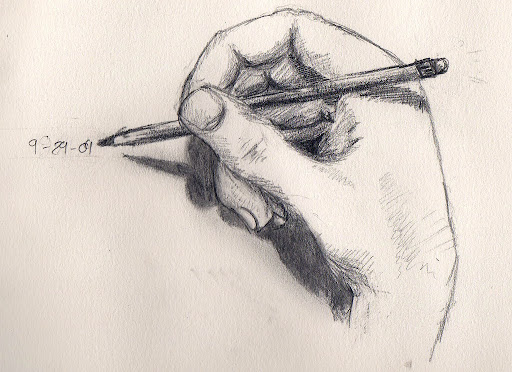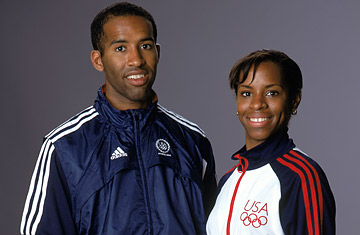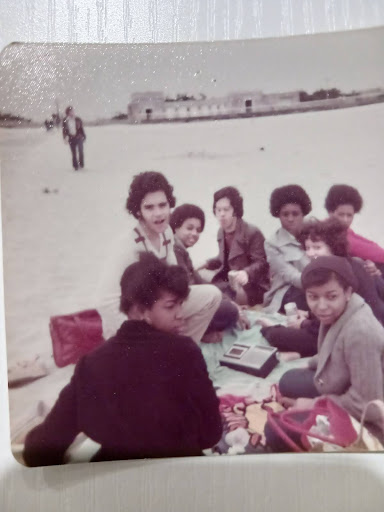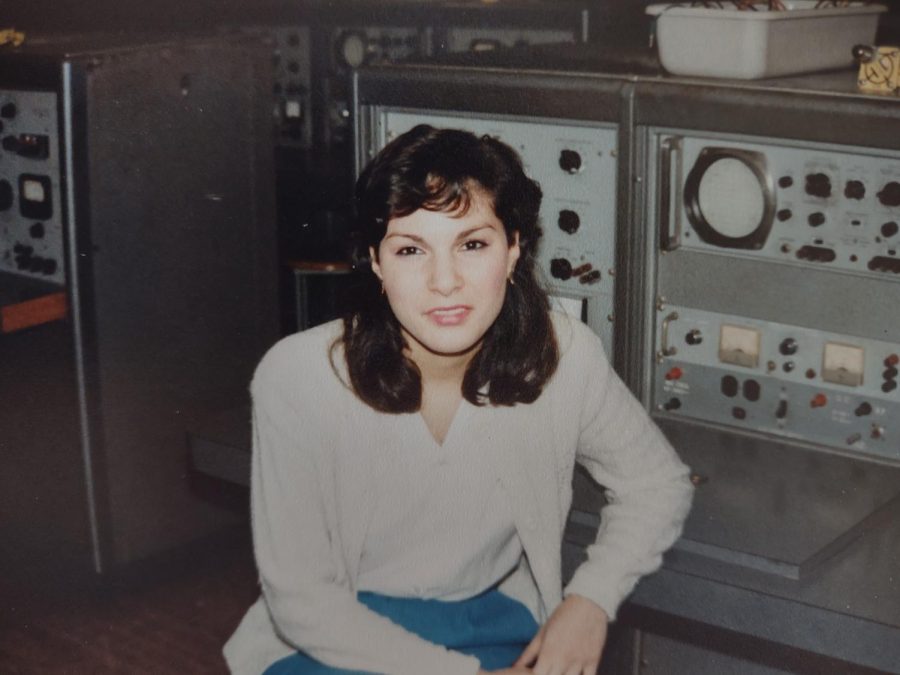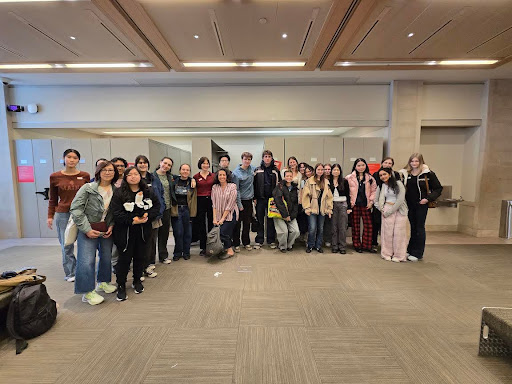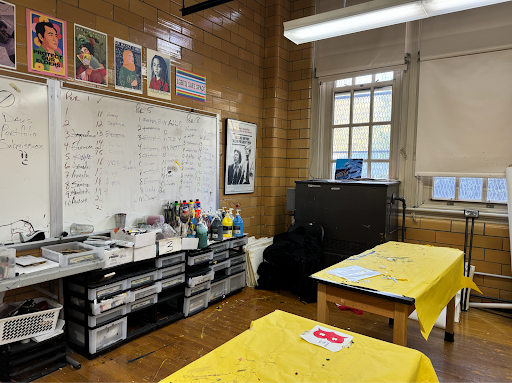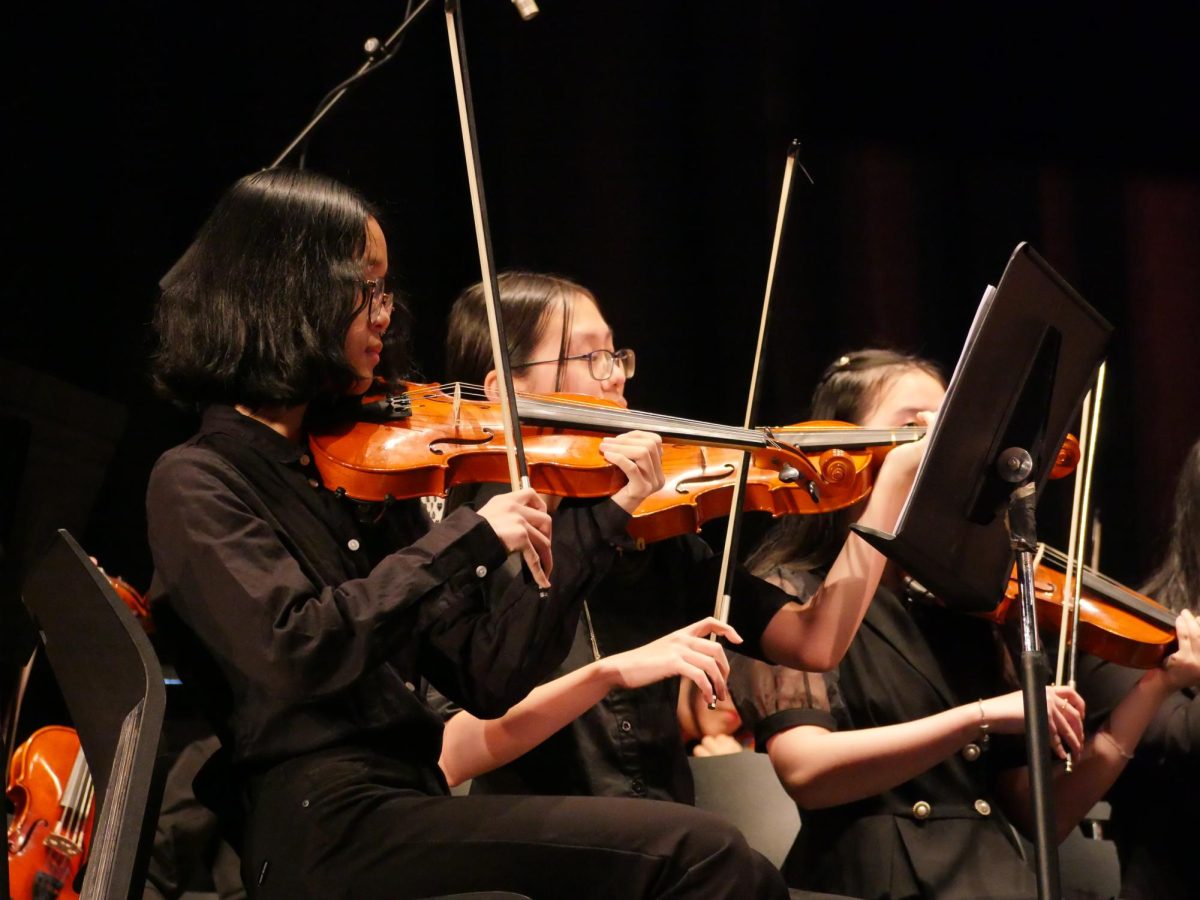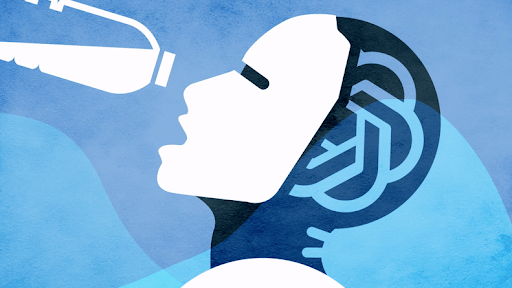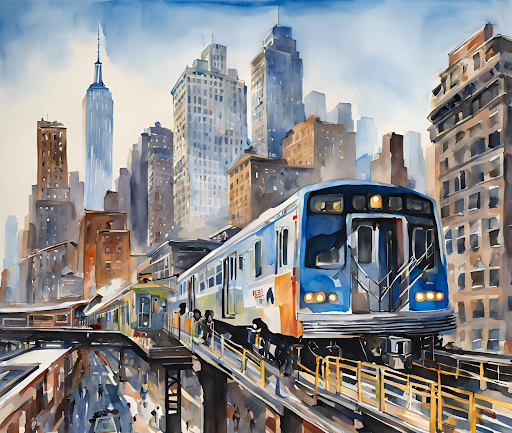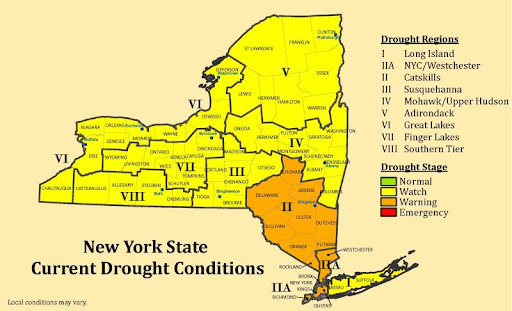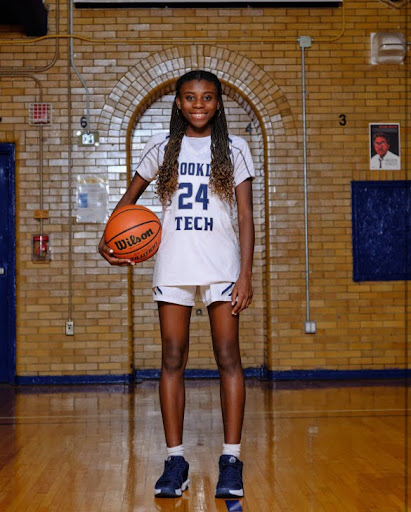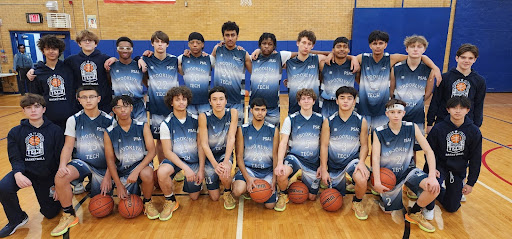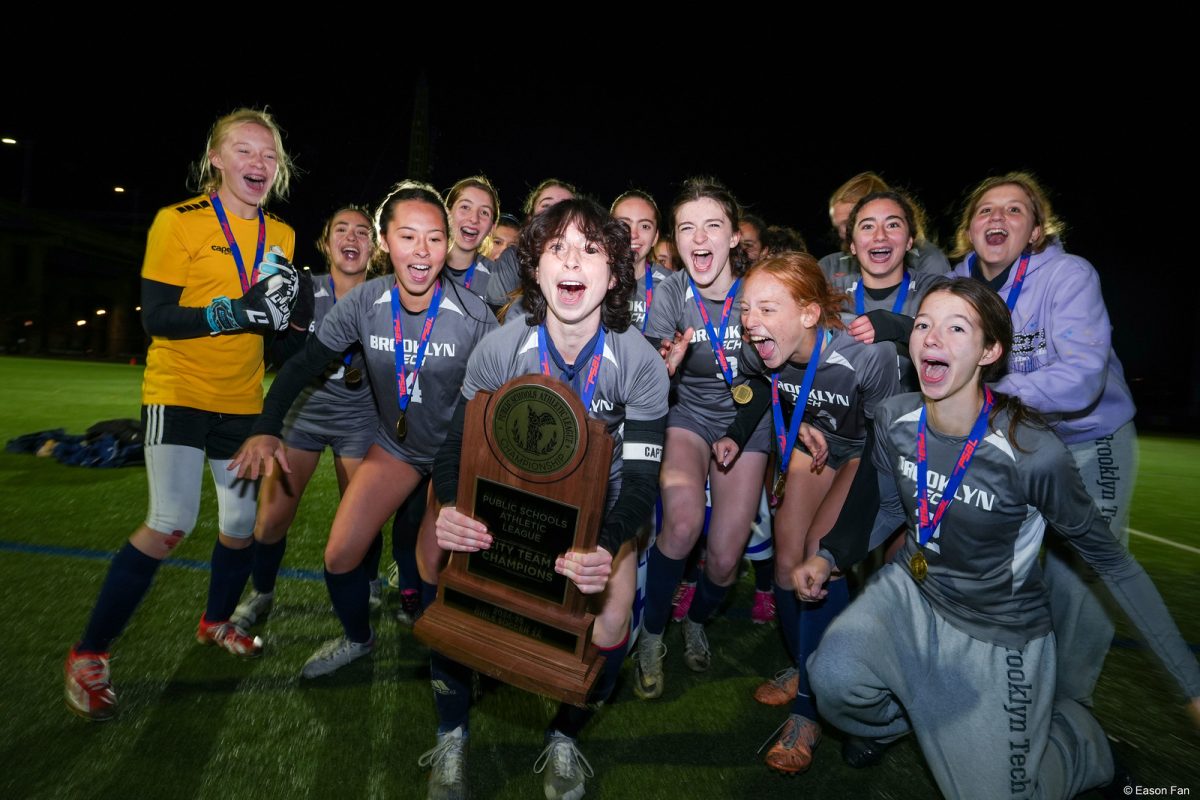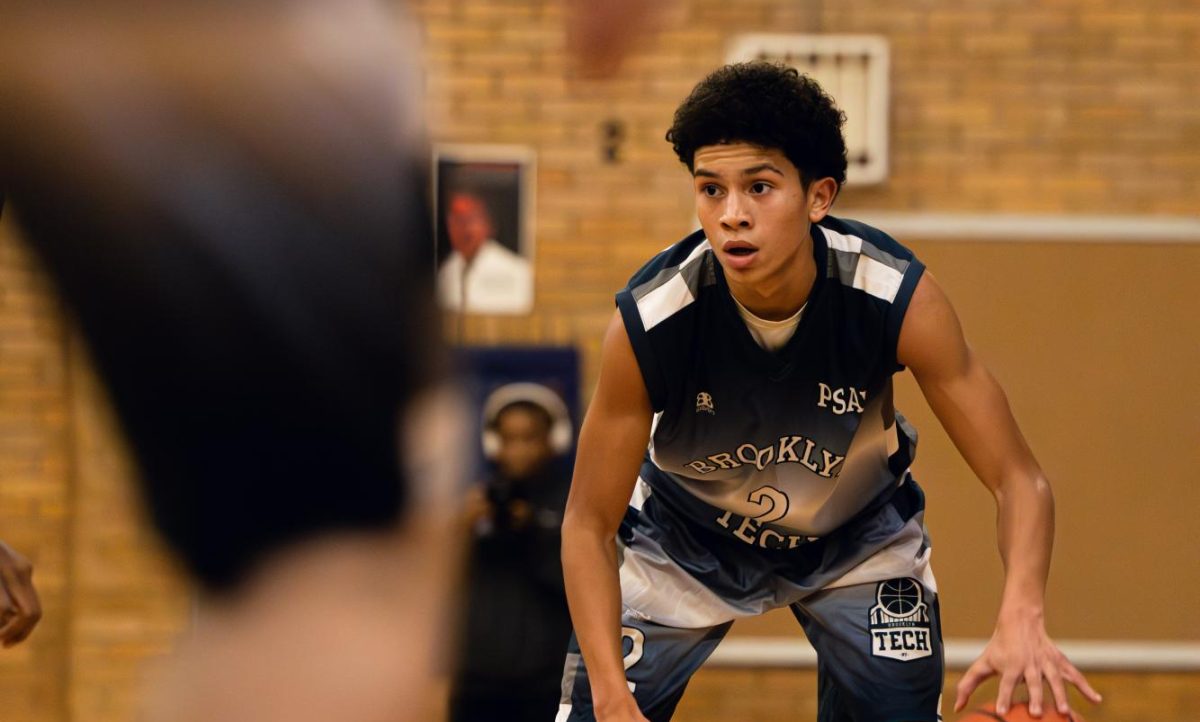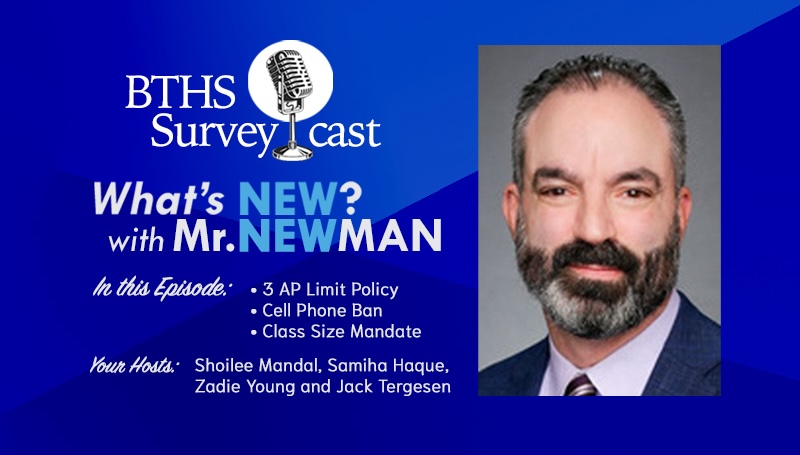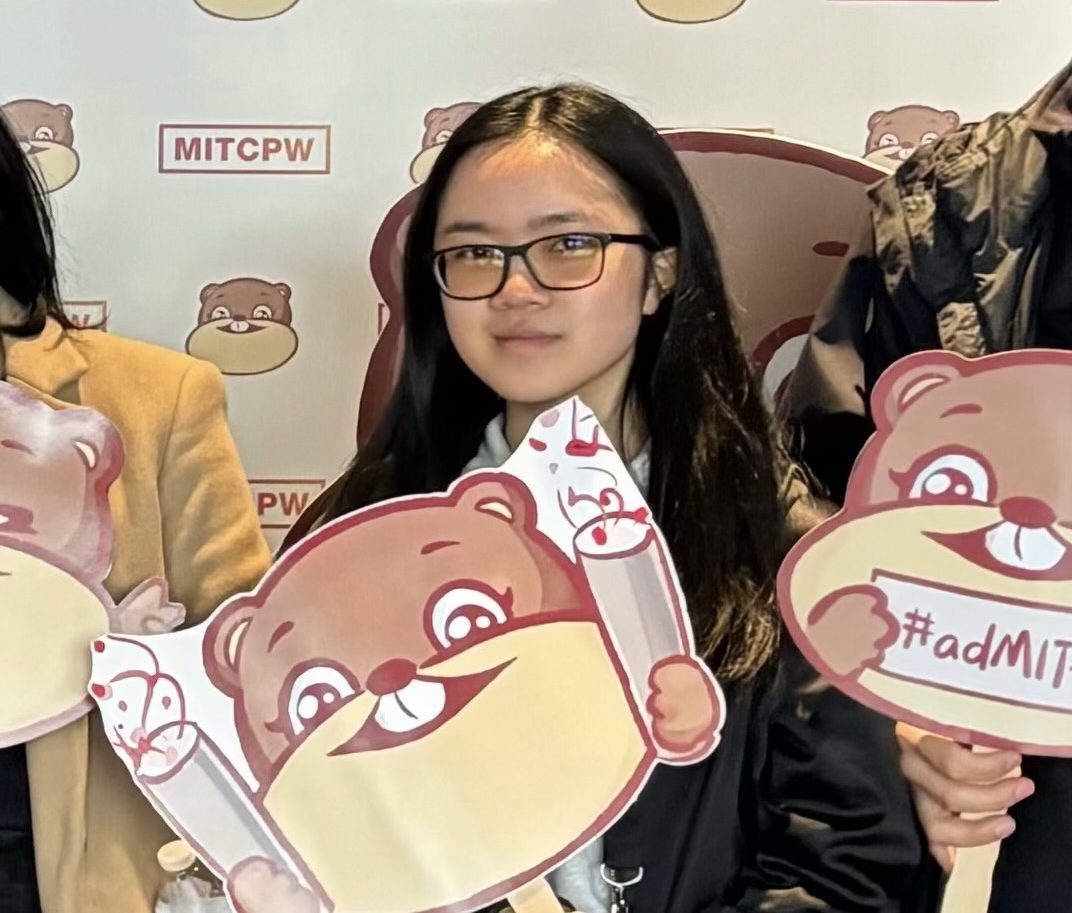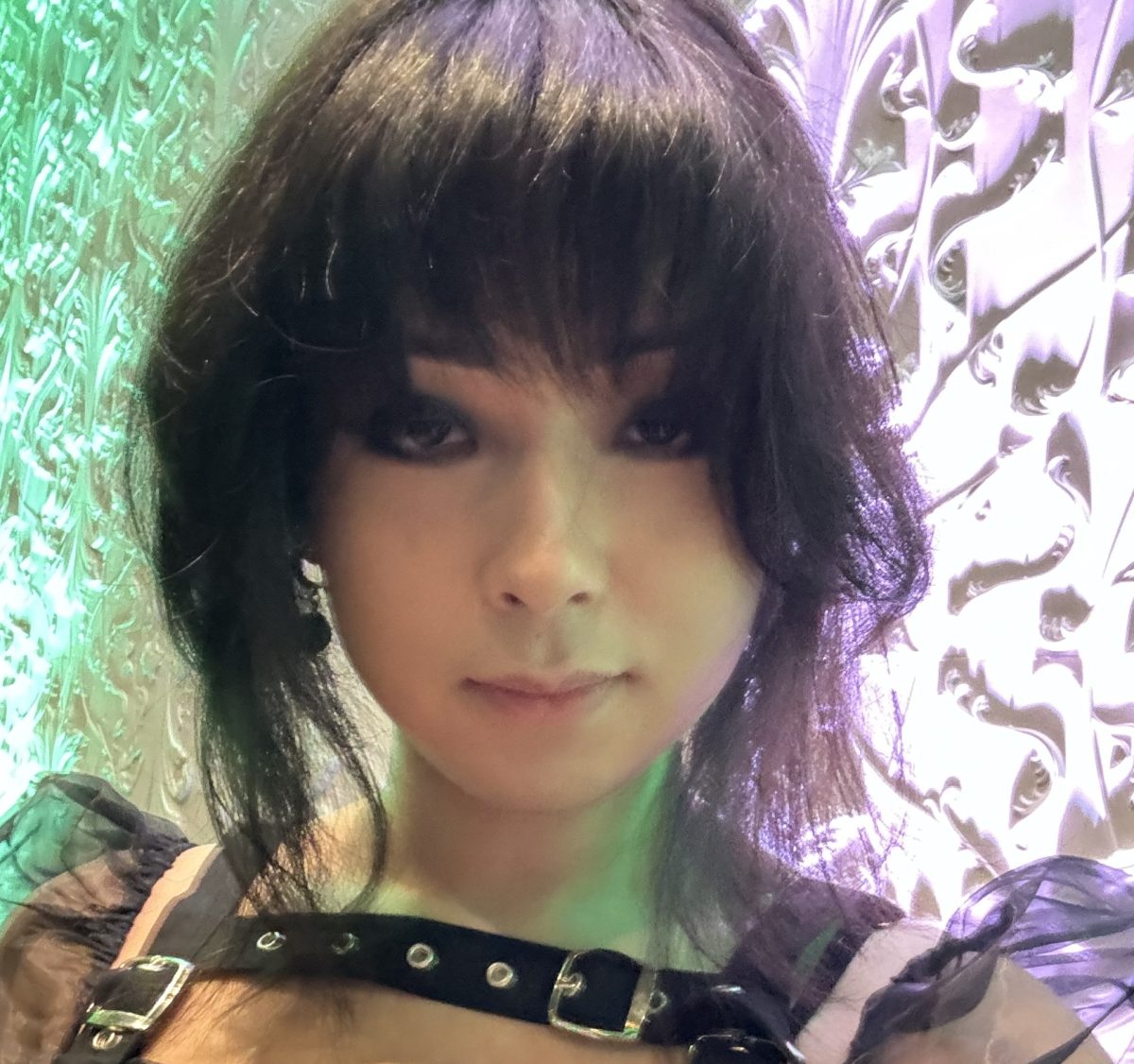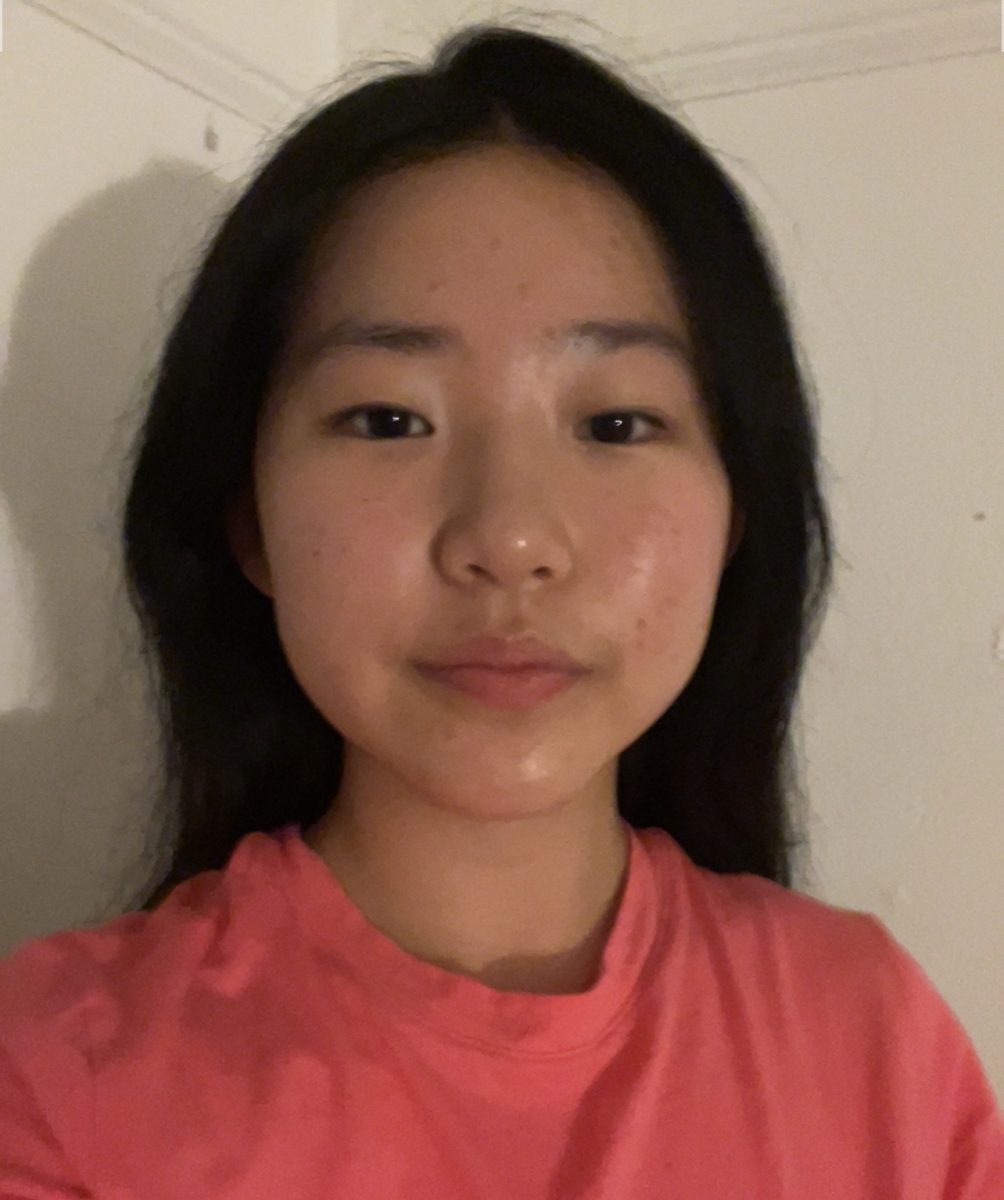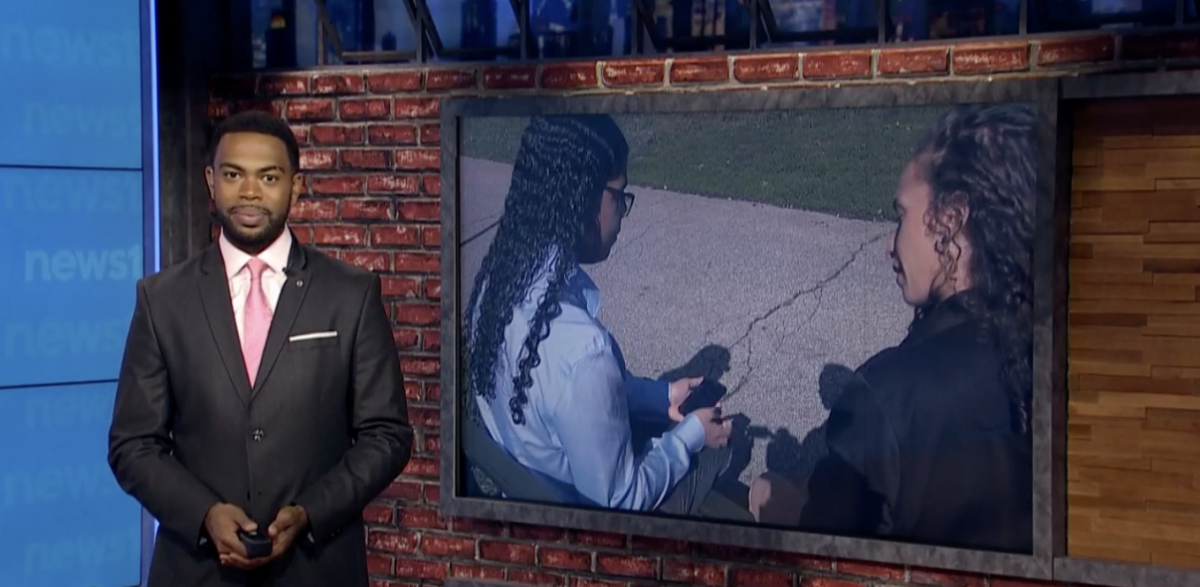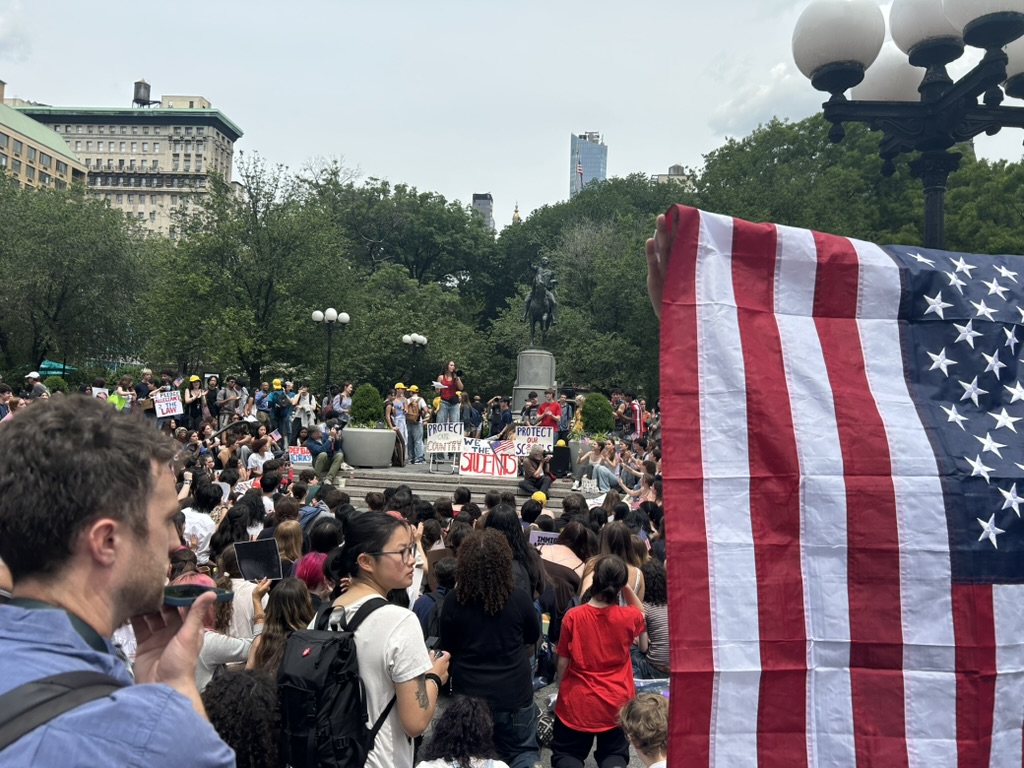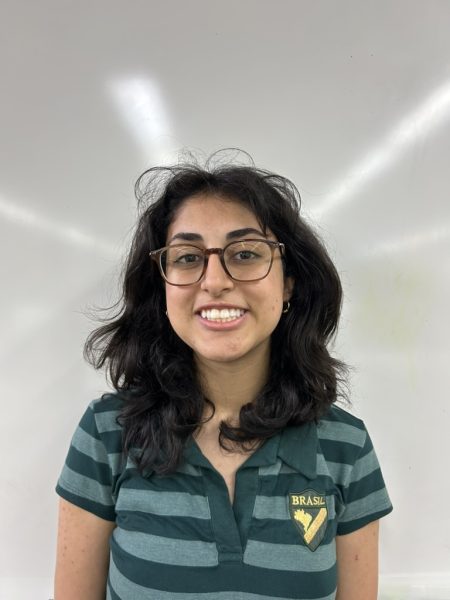In early October 2023, Software Engineering major Hans De Los Santos (‘24) appeared on News12 Bronx & Brooklyn for being one of the fifteen worldwide finalists for the Junior Breakthrough Challenge.
The Junior Breakthrough Challenge is an annual science video contest for teens hosted by co-founders Julia and Yuri Milner, two billionaire entrepreneurs, investors, and science enthusiasts from Silicon Valley. In 2013, the married couple partnered with Mark Zuckerburg, among other tech entrepreneurs, and founded the Breakthrough Prize, which awards one winner the largest scholarship prize for students ages 13 to 18 in the United States.
Over 2,400 students from over 100 countries competed in the 2022-2023 competition. 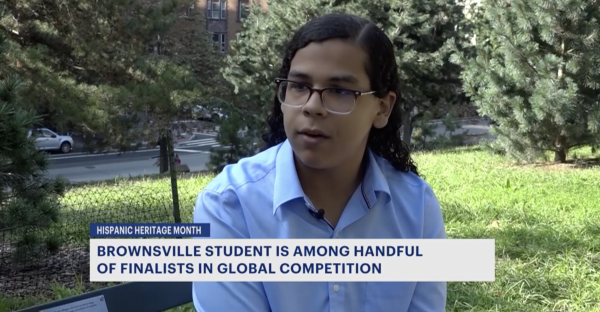
The contest calls for students to create a video of up to three minutes in length that explains a significant concept in the field of physics, mathematics, or the life sciences. The winner receives a $250,000 college scholarship, along with a $50,000 prize for their most influential teacher, and $100,000 towards a lab for their high school.
In late September, De Los Santos’ video about antimatter won the contest’s Popular Vote, with the highest total likes and positive comments from around the world, allowing him to progress as a finalist in the contest.
Antimatter is a phenomenon in which substances have opposite properties, such as a positron and an antiproton, which are electrons with a positive charge and protons with a negative charge, respectively.
“I knew I wanted to do a physics video; I just didn’t know what sort of niche physics topic to choose,” he said. He attributed this area of interest to his enjoyment of his Regents Physics class during his junior year of high school, which led him to continue taking physics senior year.
As he brainstormed to find a subject that was “not too complicated but also something that people hadn’t covered so much before,” he realized that antimatter was the perfect issue.
His curiosity was piqued after learning about antimatter in his junior year physics class, but he lacked a proper grasp of its applicability in the real world.
“As I was doing research and watching videos on the topic, I found out all sorts of interesting things that no one really talked about before,” De Los Santos explained. “Antimatter is such a vague concept that no one really understands too well.”
Despite its relative ambiguity, antimatter has a variety of applications, ranging from cancer treatments to space exploration, with scientists constantly researching new advantages and uses. As said earlier, antimatter consists of particles with properties opposite to those of regular matter, such as positrons (positive electrons) and antiprotons (negative protons). Therefore, one question that De Los Santos poses in his video is if antimatter behaves identically to matter in terms of charge, “why is there so much matter and so little anti-mattering?” This question is explained by all we know, the Big Bang—the scientific theory that describes how the earth came into existence 13.8 billion years ago.
The question remains a confounding mystery in modern physics, however, it can be partially explained. When a particle meets an antiparticle, they annihilate each other. Therefore, if the world was made of equal parts of matter and antimatter, the world would be completely obliterated.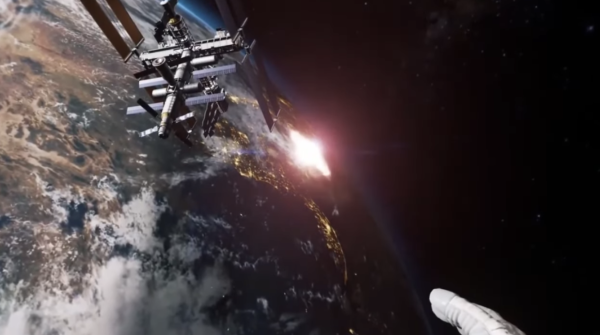
Consequently, during the Big Bang, there must have been a process that gave preference to matter over antimatter. Some physicists suggest that possibly antimatter is not a “perfect mirror image of their normal companions” as previously thought.
Despite his success with the contest, De Los Santos admitted that he initially “gave up before starting.” Despite having five months to submit, he only truly got to work a week before the contest’s deadline.
“At first I was like, ‘I know how to make videos, maybe I should consider it,” he said. “And then I realized only one person out of 2,500 people in the world wins the whole contest.” When Regents Week came along in late June, near the contest’s submission deadline, De Los Santos pushed through his nervousness and took the chance to get started on his submission.
De Los Santos applied his experience and knowledge as a YouTuber, with 50,000 subscribers and three years of experience, to create an amusing video packed with graphics. “I’m a YouTuber, and I have a lot of interest in pursuing content creation,” he explained. “And those two interests kind of intersected into the challenge.” When he is not competing in global science challenges, he publishes weekly on his YouTube channel video game content. He serves as founder of the Content Creators Club and teaches other Tech students how to make content.
Though passing as a finalist for the contest, De Los Santos will not be titled as the final winner of the contest. Instead, Sia Godika from India has been placed the winner for her video in the life sciences.
Despite this, De Los Santos should be honored for his achievements in the challenge—winning the second-best title for the challenge, Popular Vote. Moreover, he hopes to be an inspiration to Latino scientists and students to achieve the impossible.
“We look at every other finalist and every other winner, and none of them are Latino, which is really a disappointment,” said De Los Santos. “In physics especially, the representation of minorities and Latinos is so incredibly low. I think not only as I said money, winning would be a great inspiration to my people to say: You can do it!”

